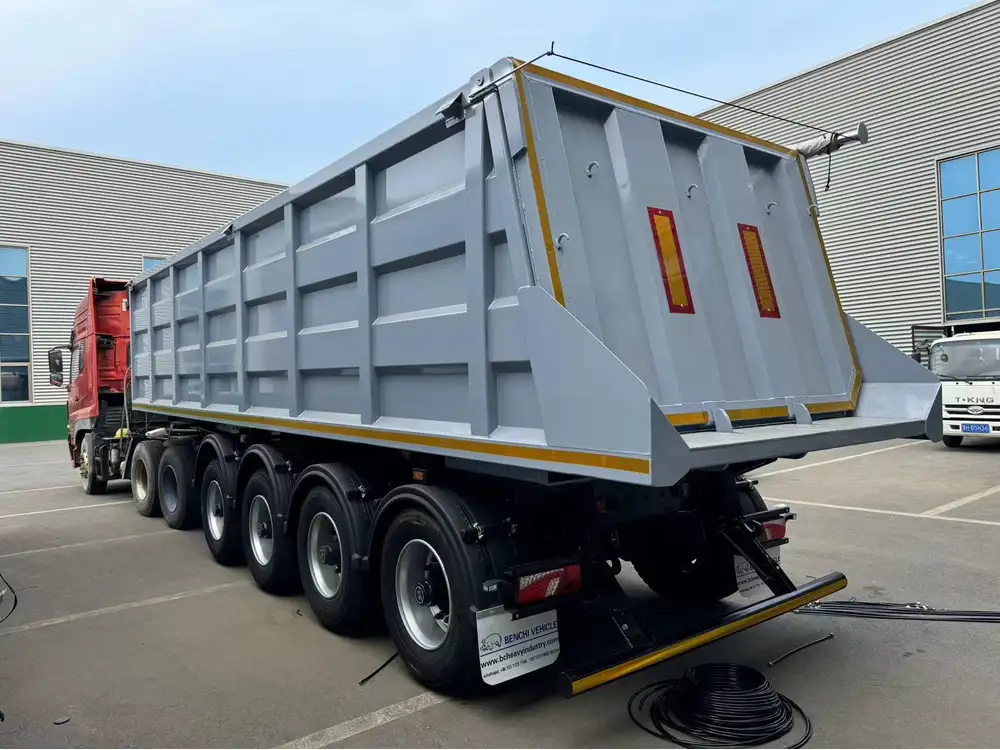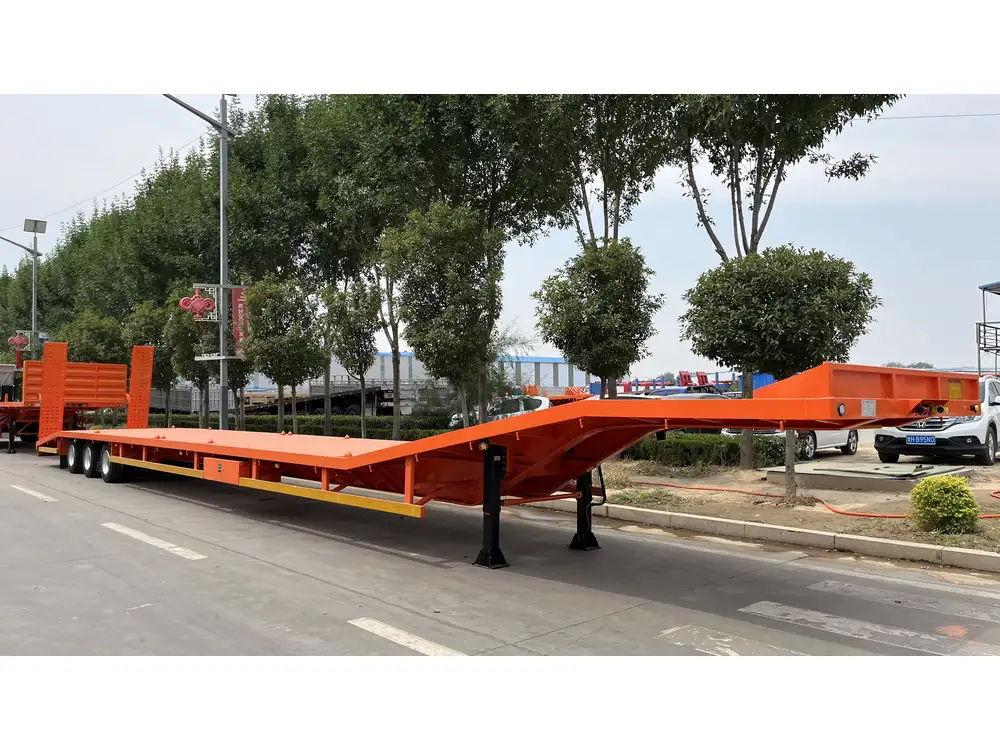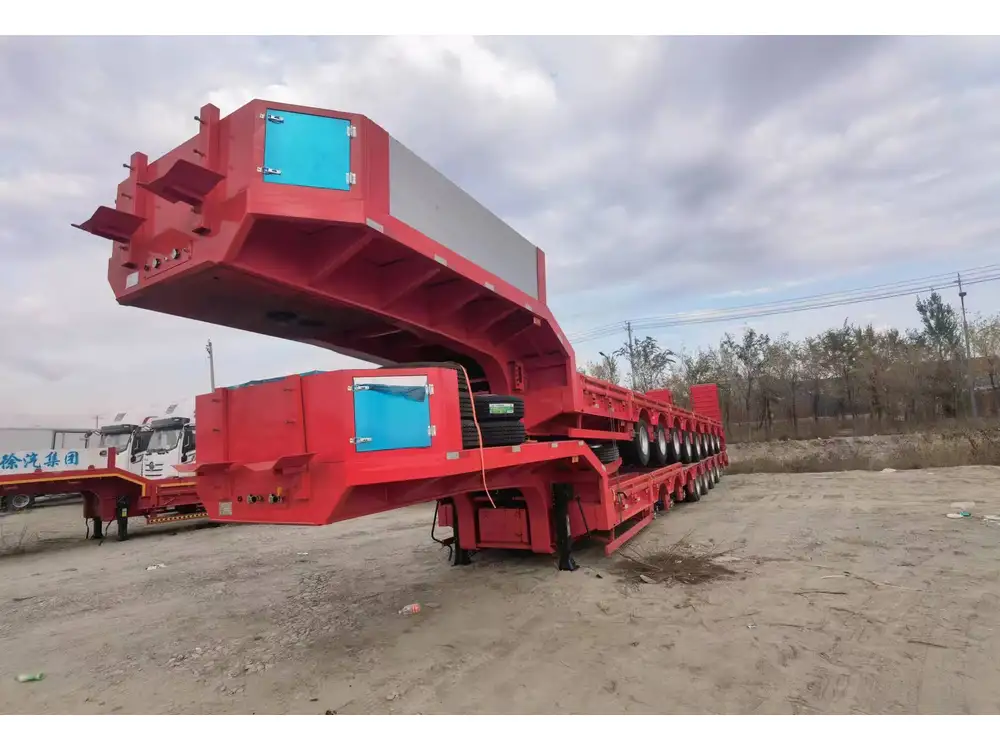When it comes to transporting livestock, particularly cattle, the capacity of the trailer plays a crucial role. An important consideration for ranchers, farmers, and livestock haulers is: how many cows fit in a semi cattle trailer? This inquiry encompasses various factors, including trailer dimensions, cow sizes, loading configurations, and related regulations. In this article, we’ll delve into these factors, providing insight into the optimal loading of cattle trailers for efficiency and safety.
Understanding Semi Cattle Trailers
Dimensions and Types of Semi Cattle Trailers
Semi cattle trailers come in various shapes and sizes, suitable for different types and sizes of cattle. Generally, the trailers can vary from 24 feet to 53 feet in length, with widths running between 8.5 feet and 8.6 feet for standard models. Trailer heights typically vary between 7.5 feet to 8.5 feet, which is crucial for accommodating cattle of different sizes.
Below is a comparative table highlighting common trailer dimensions and their associated capacities:
| Trailer Length | Width | Height | Approx. Capacity (Cows) |
|---|---|---|---|
| 24 ft | 8.5 ft | 7.5 ft | 6-12 |
| 28 ft | 8.5 ft | 8 ft | 10-14 |
| 40 ft | 8.6 ft | 8.5 ft | 14-22 |
| 48 ft | 8.6 ft | 8.5 ft | 18-30 |
| 53 ft | 8.6 ft | 8.5 ft | 24-34 |

Types of Cattle Trailers
- Livestock Trailers: Designed specifically for transporting cattle and other livestock.
- Gooseneck Trailers: Utilized for short-distance hauls, they attach to a truck bed.
- Bumper Pull Trailers: Towable by lighter trucks and suitable for smaller operations.
Each of these types has its specific advantages and is tailored to varying operational needs.
Factors Influencing Loading Capacity
Cow Size and Weight
The size of the cows being transported significantly influences how many can fit in a trailer. Cattle can vary greatly in size, from young calves weighing around 100-600 pounds to full-grown cows weighing between 1,000-1,800 pounds, depending on the breed.

Loading Configuration
The way cattle are loaded into the trailer also affects capacity. For instance:
- Side-by-side loading (where cows stand side by side) accommodates fewer animals but provides more space for larger breeds.
- Single-file loading is more efficient for maximizing space but may require careful management to prevent stress during transport.
Regulatory Considerations
Transporting cattle entails compliance with various regulations regarding animal welfare. The Animal Welfare Act in the U.S. stipulates that animals must be able to stand in a natural position, turn around, and lie down comfortably. Hence, a certain amount of space per animal must be considered when calculating total capacity.
Trailer Configuration
Trailers may have internal dividers or ramps to segregate animals based on size and weight. These features can impact the number of cows that can be safely loaded.

Practical Loading Guidelines
General Recommendations
Heifers and Steers: A guideline is to allow 12-14 square feet per animal for comfortable transport. Thus, a 48 ft trailer, which can accommodate approximately 20-24 cows, should be planned based on the needs of the specific breed and condition of the animals.
Full-grown Cattle: For adult cattle, allow 14-20 square feet per animal, which translates to a loading capacity of approximately 18-30 cows in a standard 48 ft trailer.
Mixed Loads: If transporting different sizes, it is essential to balance the load by placing heavier animals in the front and lighter ones towards the rear for stability.
Loading Tips
- Loading Ramp: Ensure the ramp is sturdy and non-slip to facilitate safe access for cattle.
- Calm Environment: Conduct loading in a calm environment to minimize stress.
- Use of Helpers: Employ trained personnel to assist with loading and ensuring animal welfare.
- Check Weight Distribution: Balance the trailer to prevent tipping or uneven wear on axles.

Safety Precautions
Regular Inspections
Routine inspections of trailers, including checking the integrity of floors and barriers, are imperative for safety and comfort during transportation.
Proper Ventilation
Sufficient ventilation in the trailer is crucial for the wellbeing of cattle. Ensure that the trailer has adequate airflow to prevent overheating, especially during long hauls.

Emergency Protocols
Having emergency protocols in place, like knowledge of local veterinary services, can be crucial during unexpected situations.
Conclusion
Determining how many cows fit in a semi cattle trailer is not merely a matter of mathematics; it encompasses various dynamic and interrelated factors, including cow size, trailer dimensions, loading configurations, and compliance with transport regulations. By understanding these factors and implementing best practices for loading and safety, ranchers and farmers can ensure successful and humane transportation of cattle.
To sum up, carefully considering the dimensions, breed-specific requirements, and maintaining a focus on animal welfare can lead to more efficient and safe transport practices. With this comprehensive overview, stakeholders in the agriculture and livestock industry can engage more thoughtfully in their cattle transportation efforts, ensuring both productivity and compliance with ethical standards.
By employing the strategies outlined above, livestock haulers can enhance operational efficiency and promote the wellbeing of the animals they transport, thereby setting a standard within the industry that prioritizes both productivity and humanitarian practices.



